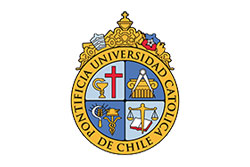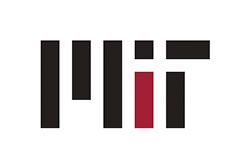Bus rapid transit (BRT) can be defined as a flexible, rubber-tired form of rapid transit that combines stations, vehicles, services, running ways, and information technologies into an integrated system with strong identity [1]. Complete BRT systems offer fast, comfortable, and low-cost urban mobility [2]. BRT is an evolution of bus priority measures, such as designated busways and bus lanes, which were proposed, and in some cases implemented, as early as 1937 throughout the world [3]. The expression BRT was initially used in the United States in a 1966 study [4]. The concept gained popularity in Latin America after the successful upgrade of busways in Curitiba, Brazil, to full-featured BRT in 1982 [5]. The high performance, low cost, and rapid implementation of this system, and its adaptations to Quito, Bogotá, Mexico City, Beijing, Jakarta, Los Angeles, Beijing, Istanbul, and Guangzhou, among other cities, made the idea attractive for urban transport planners throughout the world. As of January 2011, there were about 118 cities with BRT or bus corridors, with 97 of the cities entering into the list in the last 10 years, and at least 80 cities building, designing, or planning BRT systems [6]. BRT is an attractive option for public transport delivery, applicable to a wide variety of conditions – from very low to very high passenger throughput, and should be considered in alternatives analysis in most transit corridors. Critics of BRT indicate that these systems are not permanent, use precious surface space, and exhibit operational and cost issues as compared with rail [7]. BRT implementation requires strong political leadership, sound technical planning, and adequate funding levels [2, 8].
more info: https://link.springer.com/referenceworkentry/10.1007%2F978-1-4419-0851-3_668











